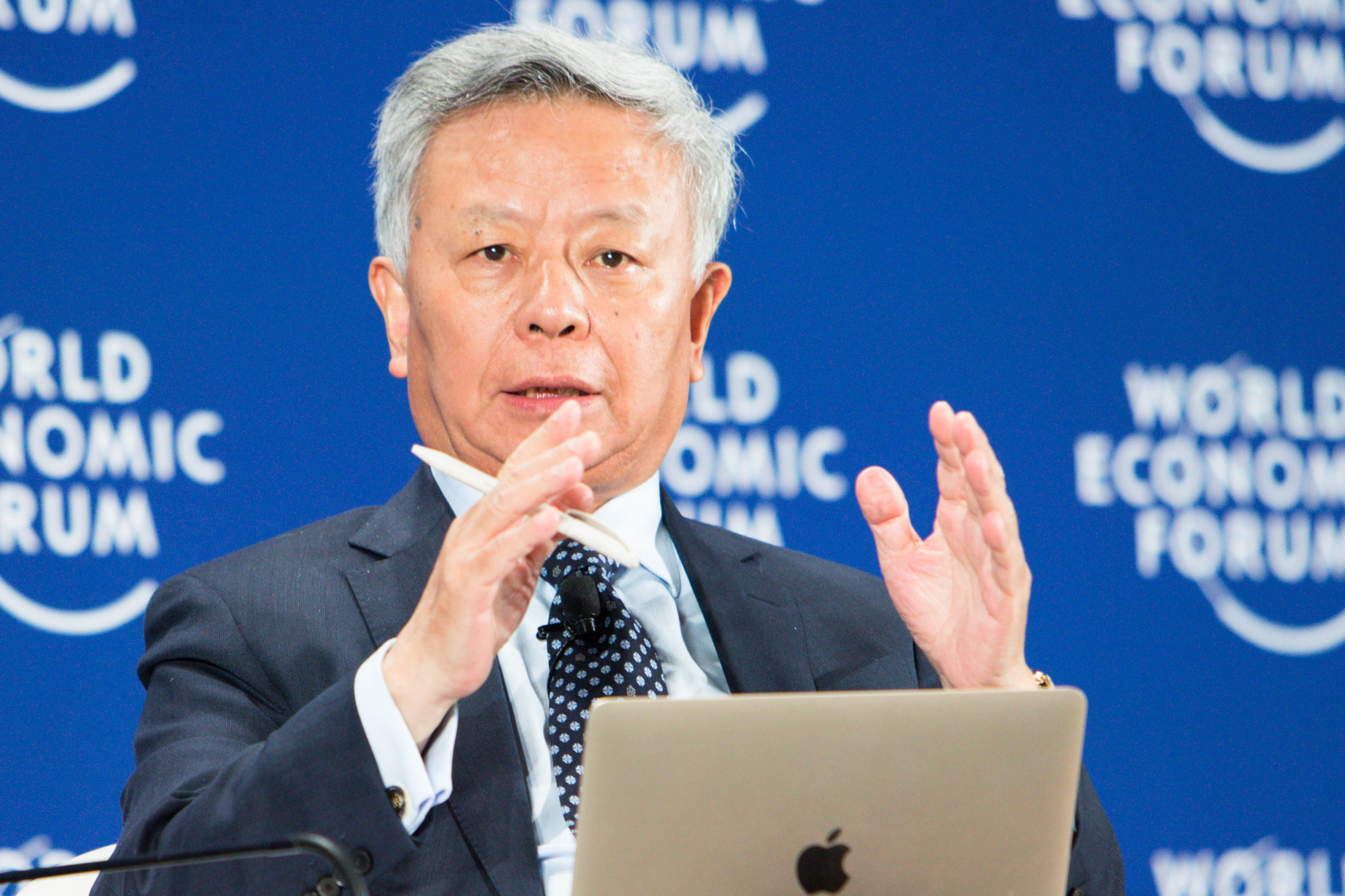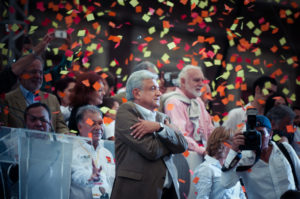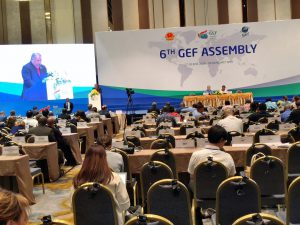When the bankers descend on Mumbai next week for the third annual general meeting of the Asian Infrastructure Investment Bank (AIIB), many will ask whether the world’s newest multilateral development bank has lived up to its promises since it was founded in 2015.
Its rhetoric has been impressive. The bank’s energy strategy agreed last year promised to “embrace” the Paris Climate Agreement and the Sustainable Development Goals. Its chief investment officer D Jagatheesa Pandian, who worked closely with India’s Prime Minister Narendra Modi when he was chief minister of Gujarat, assured a “bank for the 21st century”.
Meanwhile, AIIB president Jin Liqun told Bloomberg in May that “promoting sustained economic development through infrastructure investment without leaving an environmental footprint is our sacred mission”. The bank’s long-standing mantra is to be “lean, clean and green”.
However, worrying signs are emerging that the bank is struggling with the tensions between being lean and being green. The AIIB’s lending to third party financial intermediaries has opened a back door to investment in fossil-fuel projects, whilst side-stepping its responsibility to provide environmental and social oversight. There are also concerns about the bank’s willingness to engage in meaningful public consultation and information disclosure, and to be accountable to communities affected by its operations.
“Hands off” lending
At last year’s AGM on Jeju Island in South Korea, president Jin declared, “we have no coal projects in our pipeline”. Just one year later, that is no longer the case.
To date, the AIIB has disbursed US$4.59 billion, of which US$990 million has been invested in five fossil-fuel projects.
US$990 million
has been invested in five fossil-fuel projects by the AIIB
As a post-Paris bank, the AIIB had a golden opportunity to tread a different path than established multilateral development banks, such as the World Bank and Asian Development Bank, which have high-carbon infrastructure legacies. But instead, the AIIB appears to be repeating some of the mistakes of other banks.
For example, the AIIB has invested in the Emerging Asia Fund (EAF) despite warnings from civil society about the environmental and social impacts of potential sub-projects. The fund is managed by the International Finance Corporation (IFC), which is the World Bank’s private sector lending arm.
The EAF deal is part of a new trend at AIIB to invest in financial intermediaries. This “hands-off” lending is high risk because projects financed by the fund are not routinely subject to the AIIB’s own environmental and social oversight, meaning the bank’s money can end up in controversial projects.
This is already happening. A new report published by Bank Information Center Europe and Inclusive Development International reveals how the AIIB’s investment in EAF will end up more than doubling production to 150,000 tonnes at a coal mine in Myanmar. The US$20 million investment in Shwe Taung Cement Company Limited will expand production of at a controversial cement plant.
One major AIIB shareholder defended the investment, arguing that the coal will not be burned for power but instead for industrial purposes. Report author Petra Kjell has replied that the distinction is unimportant because, “the climate does not know the difference”.
Even the World Bank now recognises the risks of lending through financial intermediaries. The World Bank’s private sector lending arm, the IFC, recently cut its high risk lending – from 18 to just five investments – in the wake of human rights and environmental abuse scandals.
Moving ahead with investments
In Mumbai, the AIIB’s Board will decide whether to back a mega financial intermediary, the National Investment and Infrastructure Fund (NIIF). This “fund of funds” is 49% owned by the Indian government. Indian groups are urging the Board to reject the proposal, arguing that there is no reassurance that such investments won’t end up causing harm, especially since the NIIF aims to re-start controversial “stalled” projects in India.
These projects have often foundered because of community opposition, a quarter of them because of land conflicts. There is still almost no information publicly available about a similar investment to the India Infrastructure Fund (IIF) backed by the AIIB a year ago, despite a commitment from AIIB senior vice president Joachim von Amsberg that “For its part, the Bank undertakes to … disclose relevant environmental and social documentation on these subprojects”. It is therefore impossible for concerned Indian citizens, potentially affected communities, and civil society to assess whether the AIIB is ensuring that its social and environmental protections are being implemented in this investment.
During the AGM, the Board will also consider new strategies on transport and on sustainable cities, having already agreed energy and private equity strategies. These will guide the future direction of the bank, shareholders say. In the meantime, the board continues to approve investments – 25 to date, 18 of them co-financed with other multilateral development banks.
Lagging behind on governance
The Board is approving these strategies and investments before the bank has a final public information policy and an accountability mechanism – the building blocks of a modern, transparent and accountable institution.
The gap is widening between the AIIB’s rhetoric and the reality of what its investments entail for people and the planet
These enable public disclosure and consultation, and offer affected communities remedy should they suffer harm from AIIB investments. The Public Policy on Information and the Complaints Handling Mechanism were due last year but are still kicking around in draft. The latest news is that they’ll be agreed by December 2018 – but we’ve heard that before.
These draft policies have caused consternation. There is no commitment to time-bound disclosure of crucial project documents for high risk projects prior to Board consideration. This differs from the World Bank (60 days) and the Asian Development Bank (120 days). The AIIB also has insurmountably high barriers to filing a complaint. The bank is proposing to rule out complaints from communities affected by co-financed projects, which are currently 72% of the AIIB’s portfolio.
Yet, even in the absence of basic transparency and accountability requirements, the Board in April approved a new “Accountability Framework” where the Board delegates to bank management the approval of certain projects. Over 60 civil society organisations have contested this step, saying “this decision goes to the heart of the question of governance at the Bank. Board members are accountable to their constituent governments, shareholders of the AIIB, for their decisions. Shareholder governments in turn are responsible to their citizens for ensuring that the Bank upholds its environmental and social standards in its lending operations”.
The gap is widening between the AIIB’s rhetoric and the reality of what its investments entail for people and the planet. Anyone who has approached the AIIB will be familiar with the excuse that “we only have a staff of ‘X’” (the current figure offered is 159). But when things start to go wrong, being “lean” will sound less like an excuse and more like the cause for the bank’s problems.








